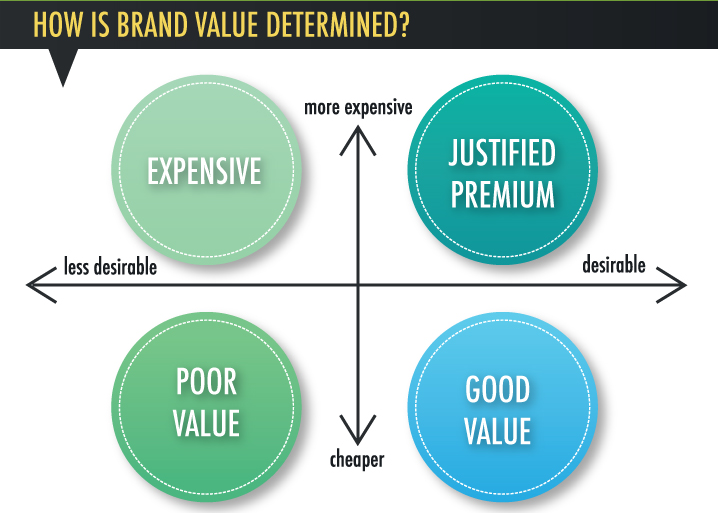It is intuitive that lights flashing bottom basement deals will increase sales, but what about—dare I say—raising the price? Where is the place for premiums in a world of price-checking, ad-matching, and savvy shopping? By employing a few pricing techniques, ecommerce merchants can see any inventory move.
Highlight Differentiation
Low prices, on their own, convey a small range of attributes about the merchant: efficient value chain, top-of-the-line sourcing, and ample supply. Consumers will always appreciate deals, but retailers shouldn’t be afraid to extract a premium if justifiable. Take Zappos for instance. They offer a wide range of shoes and apparel, but rarely at the lowest available price point. Instead, Zappos charges more for their industry-leading customer service and convenience. If retailers can communicate this differentiation, customers will gladly pay for the brand value. The exclusivity and perks that should come with maintaining higher prices is a long-run investment to your brand equity.
Discounts with Loyalty Programs
By peppering discounts into customers’ loyalty programs, retailers can convince their favorites that they will continue to get great deals on high-end products. Shelling out $40 for a handmade mug makes more sense if the customer knows they will get a discount on their Egyptian cotton canine sweater next time they shop. Hopefully you have enough information on loyal customers to know which products to offer, and implementing a solid pricing strategy can determine the optimal deduction for each discounted good. As a store in the competitive eCommerce landscape, loyal customers can be your lifeblood by providing consistent web traffic and positive word-of-mouth reviews.
Anchoring with Premium Prices
When introducing a new product to your portfolio, be conscious of its price relative to its closest substitute you offer. If you undercut your own product, you could be cannibalizing sales. By introducing a premium product however, customers who don’t make the jump are more likely to purchase the original as its price is now more affordable, given a premium product benchmark. Restaurants do this constantly. While it would be nice for every guest to order the lobster, the crustacean’s price tag always makes the sirloin seem more reasonable. Apple and other electronic companies mimic this as well by offering customers the opportunity to shell out a few hundred dollars extra for more memory. The average consumer won’t truly understand how much memory they need and, when faced with the two options, will find the smaller version as a bargain.
Strategically Promote Premiums
If you are a retailer offering a wide range of price points, use your customer information to promote the expensive products to those more likely to make that purchase. Orbitz admitted to doing just this for the travel packages they offer. After registering whether the visitor accessed their site through a Mac, Orbitz promotes their luxury accommodations first and foremost. PC users then see the more moderate choices. This tactic is not shady price discrimination, as both options are available to both customers, but a savvy use of available information. Selectively promoting your premium products to those with a history of premium purchases allows the inclusion of higher price points in your retailing portfolio.
Unless your consumer value proposition focuses on savings, price wars will erode your margins, hurt your brand, and pull you into a competition that Amazon will win. Although it’s easy to get caught up in the competition, it’s not a profitable pricing strategy. By employing a dynamic pricing strategy, you can include higher price points (and be able to identify when they are most appropriate) to both influence buying patterns in your favor and highlight what separates you from competitors. If the focus is more short-term though, how would you alter a strategy of including premium products?
Contributing Writer: Jack Symington
















4 Comments